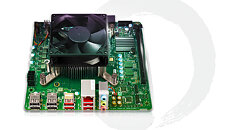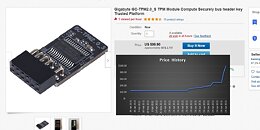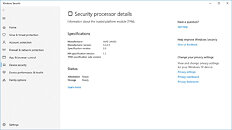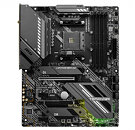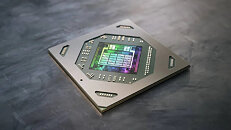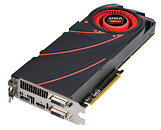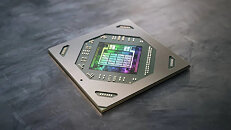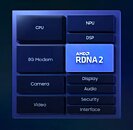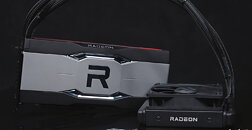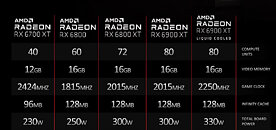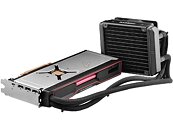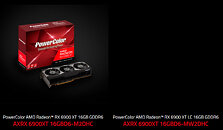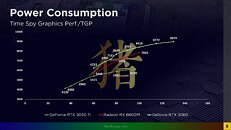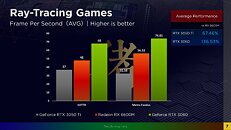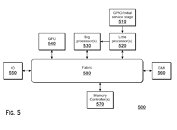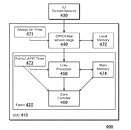
HP Unveils Pavilion Aero - its Lightest Consumer Laptop, Powered by AMD
Today, HP Inc. announced its lightest consumer laptop yet, the HP Pavilion Aero 13 Laptop PC. Starting at less than 1 kilogram, the Pavilion Aero 13 delivers a flawless sustainable design with the power to entertain, connect, and be productive. HP also welcomed the HP M24fwa FHD Monitor and HP M27fwa FHD Monitor to the M-Series line of monitors featuring built-in audio; the newest additions are part of the world's first Eyesafe certified monitor series made with recycled ocean bound plastics.
As more people return to a new normal, they need a PC that can move with them while at home and on the go. The PC is used away from home 45% of the time to perform a wide range of tasks, with 25% of time spent streaming videos while 11% of the time is spent being productive, whether it be learning or work-related. With the new Pavilion Aero 13, people can work hard and play hard no matter where they are, on a single, lightweight device.
As more people return to a new normal, they need a PC that can move with them while at home and on the go. The PC is used away from home 45% of the time to perform a wide range of tasks, with 25% of time spent streaming videos while 11% of the time is spent being productive, whether it be learning or work-related. With the new Pavilion Aero 13, people can work hard and play hard no matter where they are, on a single, lightweight device.








